|
Imagine grand châteaux, wine vineyards, limestone cliffs, intriguing caves, the Morvan National Park, Forest des Bertranges, picturesque rivers and canals, and you have arrived in Bourgogne, aka Burgundy. To begin, Bourgogne is the French name for Burgundy. According to the Bourgogne Wines Board, “To re-affirm its identity as one of the most iconic vineyards of France, the region and its producers are reverting to the original French iteration of its name - Bourgogne. By maintaining this one identity, Bourgogne returns to its historical roots as the consummate brand treasured by consumers the world over.” Located in the east-central part of France with over 74,000 acres of vineyards, Bourgogne is recognized worldwide and is considered the classic region for growing and producing Chardonnay and Pinot Noir. The region is made up of five major growing areas each with its own unique climate and soil as represented on the map below. Chablis is to the north with a cool continental climate and as we move south the climate is predominantly moderate continental. The soil types vary and can change significantly over small areas due to small geological faults, combined with gradual erosion. It is important to note that limestone is the primary soil that influences the character and quality of Bourgogne wines in addition to the microclimate and grape variety. Bourgogne has a very complex and quite comprehensive classification system. There are 84 Appellations d’Origine Contrôlée (AOCs) throughout Bourgogne and four levels (classifications) of wine within the region starting with Regional, Village/Communal, Premier Cru and ending with Grand Cru. The regulations become stricter and pricing increases as you advance up the levels. Within the Bourgogne AOC, the Régionale appellations have their own geographic denominations with one of them being DGC (dénomination géographique complémentaire.) DGC wines have more restrictive production conditions than those of Régionale appellations without a denomination. There are 14 DGCs of the Bourgogne appellation with their own levels as well. Did I mention a complex system? Are you confused yet? I certainly am! So, let’s move on and dive into four wines representing the Bourgogne DGC appellation. Domaine Olivier Morin Bourgogne Chitry Blanc Constance 2017 Domaine Olivier Morin is located in the medieval town of Chitry-le-Fort, which is just a few miles from Chablis. This six-acre estate is part of the Bourgogne Chitry AOC appellation. Chalky, Kimmeridgian limestone soil dominates the vineyards mirroring the terroir of Chablis with vines ranging from 10 to 25 years old. This unoaked 100% Chardonnay is dry, light and refreshing. It was aged for one year in stainless steel tanks and bottled unfiltered. This wine has a pale straw color with a slightly green hue. A lovely bouquet of floral, citrus and minerality lead to green apple, white flowers and citrus on the palate. Bright acidity, minerality and a burst of lime zest on the finish give this wine a lot of character. Serve as an aperitif or with seafood and light pasta dishes. Alcohol: 12.5% SRP: $21 Olivier Merlin Mâcon Blanc La Roche Vineuse 2016 Domaine Merlin is located in the village of La Roche-Vineuse at the foot of the Mâconnaise rocks in southern Burgundy. Mâconnaise wine region is about 150 miles south of Chablis and is warmer than the rest of Burgundy. The wines tend to be fuller and the fruit riper. Grapes for this wine were hand-harvested from vines growing in clay limestone of the Quaternary (soil dating back millions of years ago during the Jurassic period). This wine is 100% Chardonnay and was aged for 15 months. Ten percent was aged in older Burgundian barrels and the rest aged in stainless steel tanks. The wine was slightly filtered before bottling. The color of the wine is soft yellow with intriguing aromas of floral mixed with minerality and exotic fruit. This is a dry, crisp wine that is loaded with treats for the palate. It is fresh and juicy with white peach, pineapple, citrus, a trace of fennel and a lengthy candy apple finish. Serve as an aperitif or pair with seafood, grilled veggies and light pasta. Alcohol: 13% SRP: $23 Dominique Cornin Mâcon Chaintré 2016 Cornin Vignerons is located in the Mâcon Chaintré appellation. The grapes for this wine were hand-harvested and organically farmed from different plots situated at the foothills of Chaintré. Vines were planted between 1968-1985 in soil of clay limestone beaded with fluvial pebbles. This wine was aged in vats on fine lees for 11 months. This is 100% Chardonnay with a light yellow color. Notes of acacia, citrus and melon on the nose segue onto the palate with honeydew melon, apple and a trace of anise. This wine is a delightful dance on the palate and beautifully balanced between acidity and alcohol. I am including the winemaker’s description because it is so poetic! “We bite into a Chaintré like a green apple, using all our teeth! It is juicy and refreshing. We bite and we are bitten by its charm, put under a spell by its exuberant nose and dashing white flower, fresh fruit and citrus zest aromas. A glass of Chaintré in hand is a flower on a lapel, a crisp water colour, it’s spring weather that warms life. A glass of happiness, carefree and hopeful…” Drink as an aperitif or serve with light fare. Alcohol: 13% SRP: $25 Vigneron de Buxy Bourgogne Côte Chalonnaise Buissonnier Rouge 2015 Cave des Vigneron de Buxy is a collective initiative comprised of 120 winegrowers and family farms. They are located in the Bourgogne Côte Chalonnaise regional appellation. The boundaries extend from Montagny in the south up to Chagny in the north, ending just south of Côte d’Or. The grapes for this wine were selected from plots located in the middle of hillsides with shallow soils of clay and limestone with very stony grounds. Vinification takes place in stainless steel vats and then in casks or oak casks. Duration of aging in wood is dependent on the vintage. This is 100% Pinot Noir with a dark ruby color bordering on brick. Succulent aromas of berries, cherry and spice spill onto the palate with bursts of dark cherry, rich and jammy fruit, spice and earth followed by a finale of pepper and vanilla. It is a perfect balance between the acidity and soft tannins. Pair with game, meat, grilled tuna and veggies.
Alcohol: 13% SRP: $16.99 These are considered entry-level wines, but they are complex, refined and quite enticing. And they undeniably represent the terroir of Bourgogne. It just goes to show you that one doesn’t have to spend a fortune to indulge in the wines of Bourgogne! Until next time… Cheers! Penina To leave a comment or if you have an inquiry, please contact me at [email protected] As a vodka lover, it’s always fun for me to scope out lesser-known vodkas on the market. I've stumbled across some amazing vodkas that tend to be dismissed by buyers who reach for the popular and well-known brands. So, once again, I was delighted to find yet another vodka that I had never heard of, reasonably priced and worthy of a review. I’ve written about many vodkas ranging from super expensive to under $10. Needless to say, my freezer has been taken over by a variety of vodkas from France, New Zealand, Kazakhstan, Ukraine, Poland, Idaho, New York and Texas. And, NUE Vodka is my newest addition to the freezer! Southwest Spirits is a full-service distillery located in Dallas, Texas and it is also the third-largest distillery in Texas. They have an impressive portfolio of over 25 brands that they produce, including their best selling brand and award-winning NUE Vodka. All spirit production is done on-site in their over 103,000 square foot facility fully equipped with pot stills and a 14’ column still for producing premium spirits. The distillery also has grain milling capabilities, tank farms and four high-speed bottling lines with multiple filling capabilities. Above photos courtesy of Southwest Spirits NUE Vodka is crafted in small batches to control and ensure the highest quality that ultimately provides clean, smooth vodka. Ingredients are locally sourced high-quality corn and water that has gone through a process of Reverse Osmosis, which extracts mineral content and any impurities in the water. The vodka is 6x distilled through an advanced column process that also removes natural impurities. NUE Vodka has a clean, floral and slightly flinty bouquet. It is silky smooth on the palate with subtle hints of sweet cream, vanilla and a touch of heat on the finish. Drink well chilled and neat or add to your favorite cocktail recipe.
Alcohol: 40%, 80 proof SRP: $10.99 NUE Vodka is also available in all-natural grapefruit and peach flavors. All three vodkas are presently distributed in 35 states. This is definitely a vodka that can stand up to the higher-priced vodkas on the market and at this price I’m impressed! Until next time… Cheers! Penina To leave a comment or if you have an inquiry, please contact me at [email protected] With the heat index soaring past 105° this past weekend, my main objective was to stay hydrated with lots of water. However as each evening approached and temps cooled down slightly, I happily reached for a bottle of chilled wine to gratify my palate. The following wines were well received and definitely refreshing! Last week I wrote about several wines from the Cariñena wine region located in the Ebro Valley of northern Spain. It is the largest and oldest of the Aragonese DOs (Denominación de Origen). Another example of wine from this region comes from Grandes Vinos y Viñedos winery founded in 1997 and it is comprised of 14 small wineries in the Cariñena D.O. Each of these small wineries has its own label and distinctive seal that reflects its unique micro-terroirs. The most recent winery added to Grandes Vinos y Viñedos was in 2012 and is called El Circo. It is a tribute to the circus industry and is inspired by the world-renowned “Cirque du Soleil”. Each wine is connected to a circus act or performer. The wine is meant to “reach out to the world and spread their love, joy, and passion for wine all around the world.” The Payaso wine label depicts a clown, “a symbol of happiness and freshness.” El Circo Payaso Garnacha Rosé 2018 is 100% Garnacha. Grapes are sourced from over 40-year-old vines in the Cosuenda vineyard, which sits at an elevation of about 600 meters above sea level. A festive bright pink color sets the stage for aromas of fresh berries, watermelon and floral notes. A palate of creamy strawberry that is reminiscent of chocolate filled bonbons followed by notes of raspberry with hints of citrus and herbs make this a nicely balanced wine. Crisp acidity and fresh fruit are a palate pleaser. Serve with paella, seafood and Risotto. Alcohol: 13% SRP: $9.99 Another cool and refreshing wine is Domaine Bousquet Sauvignon Blanc. Domaine Bousquet wines are consistently good and I particularly enjoy their white wines. They are located in Tupungato, Alto Gualtallary at the foothills of the Andes in Argentina where their vineyards sit at 4000 ft. altitude. This high altitude sub-region of the Uco Valley experiences a cool climate with gravel and sandy soils, which in turn produces lively, fruit-forward, juicy wines. All the Domaine Bousquet wines are made from 100% organic fruit. Domaine Bousquet Sauvignon Blanc 2019 is 100% Sauvignon Blanc.
This is a dry and refreshing wine with a pale yellow color and aromas of citrus, tropical fruit and grapefruit. A palate of juicy citrus, crisp acidity and a trace of pineapple lingering on the finish make this an ideal wine to drink as an aperitif. It also pairs nicely with seafood, light salads and spicy Asian cuisine. Alcohol: 12.5% SRP: $13 To read more about the Cariñena wine region and Domaine Bousquet please click a selection under ‘Categories’ to the right of this page. Whatever you choose to drink during hot weather, please make sure to balance it with lots of water! Until next time… Cheers! Penina To leave a comment or if you have an inquiry, please contact me at [email protected] Yes, I’m writing about wines from Portugal again. Let’s face it, many great wines are being produced in this country and the price to value ratio is impressive. With fourteen diverse regional wine areas and 250 indigenous grape varieties grown here, there is a lot to offer. Esporão is a cutting edge winery with a presence throughout Portugal. I’ve tasted and reviewed their wines before but felt inspired to write a touch more about this winery after tasting a few more samples of their wines and olive oil that were sent to me recently. To read more detail about the wine regions of Portugal and past wine reviews, please click on the Categories menu at right. Esporão has approximately 700 hectares of prime agricultural areas that include wine vineyards, olive groves and other crops planted in the Alentejo and Douro wine regions of Portugal. The Herdade do Esporão estate is in the Alentejo region and Quinta dos Murças property is in the Douro region. Herdade do Esporão has 450 hectares of vineyards with 194 grape varieties planted on the estate of which 40 grape varieties are in full production. In addition to the wine vineyards, there are four types of olive trees in the 80-hectare olive groves along with orchards and kitchen gardens. All farming uses organic methods and integrated production. Quinta dos Murças is located in the heart of the Douro DOC region amid 8 diverse terroirs distinguished by different altitudes, varied schist soils and sun exposures. This estate was the first to plant vertical vineyards in the Douro region in 1947. The property has 48 hectares of wine vineyards, an olive grove, orange grove and almond trees. All agricultural production here employs organic production methods. Esporão Reserva White 2017 DOC Alentejo is considered the flagship wine of the Esporão Alentejo estate. Grapes are harvested from 18-year-old grapevines in certified organic vineyards with soil of granite/schist base and loam/clay structure. This wine is a blend of 20% Antão Vaz, 40% Arinto and 40% Roupeiro grapes. It is aged for 6 months in stainless steel tanks and in new American and French oak barrels. A color of golden yellow leads to aromas of floral, grapefruit, white stone fruit, vanilla and a hint of banana. The palate is layered with stone fruit, apple, pineapple, and a touch of spice, toast and minerality. This is a rich wine with a creamy texture and just the right amount of acidity. Citrus zest on a lengthy finish adds a refreshing touch. Serve as an aperitif or with light fare. Alcohol: 14.5% SRP: $20 Esporão Colheita Red 2017 is a blend of Touriga Nacional, Cabernet Sauvignon and Arargonez grapes that were harvested from 11-year-old vines in certified organic vineyards. Vines are grown in soil of granite/schist base and loam/clay structure. This wine was aged for 6 months in tulip-shaped porous tanks that aim to preserve the wine’s character. Fresh berries, plum, spice and a hint of floral greet the nose of this vibrant ruby colored wine. This is an elegant and balanced wine that is full-bodied and rich in flavor. Cherry, plum, dark berries, spice and a touch of anise and earth grace the palate. A bit of pepper and dark plum linger on the finish. Serve with grilled meat, fowl and pasta. Alcohol: 14% SRP: $18 Quinta dos Murças Minas Red 2016 DOC Douro is a blend of Touriga Franca, Touriga Nacional, Tinta Roriz, Tinto Cão and Tinta Francisca. The vineyards are located at altitudes between 360 ft. and 985 ft. with schist soil and vines ranging from 8 years old to 32 years old. Aging took place in concrete vats and used French oak casks for 9 months. A deep ruby color leads to intense aromas of ripe berries, floral and spice. The palate offers lush dark berries, black cherry, spice and a hint of licorice. This is another elegant wine that is fresh and balanced with firm tannins and acidity. It is rich but not overpowering and will pair nicely with an array of meat, grilled tuna steaks and hearty stews. Alcohol: 13.5% SRP: $20 Esporão produces six varieties of olive oil. As stated on their website, “The production of Esporão’s olive oils comes from the will to apply the knowledge obtained in the production of wines into the production of high quality olive oils. Thus, we seek that our olive oils are the expression of their land, looking forward to enhance indigenous varieties. All oils, exclusively extra virgin or virgin, are produced using natural methods and entirely traditional processes, preserving the pure juice of the harvested olives.” Esporão Organic Olival dos Arrifes Extra Virgin Olive Oil is a blend of Cobrançosa and Arbequina green olives that are harvested from the Arrifes olive grove at Herdade do Esporão. The olive grove has been certified in Biological Production Mode since 2009. I poured a little of the olive oil into a shot glass. The color is golden yellow with a slight greenish hue. This is a very aromatic and flavorful olive oil. An inviting aroma of fruit, floral and spice segued onto the palate offering vegetal, (mainly artichoke) a hint of pepper and a slightly bitter and nutty finish. Drizzle it on fresh grilled vegetables. Quite yummy!
SRP: $16/250ml As I continue to explore the myriad of wines that Portugal has to offer, I will share my findings with you. In the meantime, try a glass of Esporão wine and share your thoughts with me! Until next time… Cheers! Penina To leave a comment or if you have an inquiry, please contact me at [email protected] Cariñena wine region is the largest and oldest of the Aragonese DOs (Denominación de Origen) located in the Ebro Valley of northern Spain. It is sited to the south of the Ebro River, which is the second-longest river in the Iberian Peninsula. Cariñena was awarded DO status in 1932 making it one of Spain’s earliest areas to be demarcated. However, its winemaking history dates back to before Roman times. In the 15th century, the wines from Cariñena were the top choice for King Ferdinand I of Aragon as well as Voltaire, the French philosopher. Cariñena is a native red wine grape that most likely has its origins in Cariñena. This grape is also known as Carginan in France. It is thought that this grape was transplanted from the northern region of Spain to other parts of the world. Cariñena and Garnacha are the major red grapes grown in this region with Garnacha being the most widely planted. The majority of the wines made here are from Garnacha grapes. Small quantities of other local and international red and white grapes are grown here as well. Many wine styles are produced in Cariñena such as dry white wines, oak-aged reds, rosés, sparkling, fortified and sweet wines. Most of the vineyards in Cariñena are located at altitudes between 1,300 to 2,600 feet with vines on average between 30 to 100 years old. Soil is mostly composed of slate, limestone over rock and alluvial soils. The climate is Continental with cold winters and hot summers. In addition to the dramatic day and night temperature variations, the dry and cold Cierzo wind helps to moderate the semiarid climate in the summer. All of this contributes to the characteristics and intensity of the grapes and also slows down the ripening process and helps to soften the tannins. Here are two samples of Cariñena wines. Bodegas Paniza Fábula Garnacha Rosada DO 2018 Bodegas Paniza is a cooperative with approximately 300 winegrowers, established in 1953. Most of the vineyards are located in the highest altitudes of Cariñena. This wine is 100% Garnacha. Grapes were handpicked from vineyards located at an altitude of 2,297 feet with soil comprised of schist, chalk, loams and red clay. An inviting vibrant coral pink color sets the stage for this easy-drinking wine. Aromas of strawberry, raspberry and floral segue onto the palate with a hint of lemon zest on the finish. This is a dry, light and refreshing wine with just the right amount of acidity. Serve with seafood, light pasta and salads. Alcohol: 13.5% SRP: $8.99 Bodegas San Valero Particular Chardonnay Fermentado En Barrica DO 2017 Bodegas San Valero is a cooperative established in 1944. There are approximately 700 growers with vineyards covering a 3,500 hectares area at an altitude between 400 and 800 meters. This wine is 100% Chardonnay. Grapes were handpicked from high altitude vineyards. This wine was aged in French oak barrels for three months with weekly stirring of the settled lees back into the wine. This process helps to extract flavor, aroma and texture. A soft yellow color with green hues gives way to a very aromatic wine filled with white flowers, fresh fruit and hints of sweet apple and hazelnut. Pear, pineapple, vanilla, floral and hints of toasted nuts add to the creamy mouthfeel and richness of this wine. Serve as an aperitif or with seafood, grilled white meat and appetizers.
Alcohol: 12.5% SRP: $10-$15 The above wines have whetted my palate and I’m ready to explore more wines from Cariñena! Are you? Until next time… Cheers! Penina To leave a comment or if you have an inquiry, please contact me at [email protected] Most of my wine consumption for the past few weeks have been whites and rosés. However, when I recently received two red wines from the Chianti region I just had to open them despite the hot weather. The Renzo Masi winery has been producing wine for three generations with Paolo Masi as third generation winemaker. Paolo’s grandfather purchased the property in 1925. The winery is located in Tuscany’s Rufina district in the Apennine foothills where the estate sits on a hill overlooking the Argomenna Valley on one side and the right bank of the Sieve River on the other. Rufina is the smallest of the Chianti subzones and is considered one of the best areas for Sangiovese grapes after the “Classico” area. Rufina is known for its full-bodied, acid-rich wines. The climate is slightly cooler here due to the higher elevation of 1,000 ft. Rufina has a dry, breezy microclimate and is exposed to extreme diurnal temperature shifts. Stony soil and “galestro”, which is flaky shale combined with the climate, makes for ideal growing conditions. Chiantis produced by Renzo Masi are a mix of estate-grown fruit and those purchased from local neighbors who have been working with the Masi family anywhere from 15 to 40 years. Renzo Masi Chianti DOCG 2018 is a blend of 95% Sangiovese and 5% Colorino. This is a very aromatic wine with notes of floral, red berries and sweet spice. It is a medium-bodied wine with the palate offering plum, red berries, raspberry and a trace of anise. It is silky, well structured and has good acidity. The price to value ratio is undeniably impressive! Pair with almost anything. Alcohol: 13% SRP: $12 Renzo Masi Erta e China 2017 IGT Toscana is a blend of 50% Sangiovese and 50% Cabernet Sauvignon. “Erta e China” means ‘Ascent and Descent’ in Italian, referring to how the rows of vines are planted up and down a hillside. The wine was aged in used French barriques for about 14 months. It is a deep ruby color with seductive aromas of dark berries, spice and violets. The palate is lush with blackberry, dark cherry, plum, anise and hints of vanilla and baking spice lingering on the finish. A balance of silky tannins and acidity make this an easy wine to pair with an assortment of fare. This is another food-friendly wine. Alcohol: 13.5% SRP: $16 The Renzo Masi winery produces a broad spectrum of wines from entry-level to fine wines. Renzo Masi’s motto is “Big enough to be broad-minded. Small enough to care about the details”.
Until next time… Cheers! Penina To leave a comment or if you have an inquiry, please contact me at [email protected] Although I never need an excuse to open a bottle of wine, celebrating Bastille Day with a French rosé is a must! Okay, so I’ve jumped the gun and started the celebration a few days early! Bastille Day is celebrated every year on July 14th. The French call it “Le Quatorze Juillet” or “La Fête Nationale.” In addition to France, many French-speaking regions around the world celebrate this day, including the USA. It is celebrated with parades, fireworks, French food, wine and dancing. Here is a very brief account as to why Bastille Day is such a significant day for France. On July 14th, 1789 a group of revolutionaries stormed the Bastille prison marking the start of the French Revolution. The Bastille was a symbol of the tyrannical rule of the Bourbon monarchy. King Louis XVI and his wife Marie Antoinette were overthrown, ending the “Ancien Régime”. By the order of France’s new revolutionary government, the Bastille prison was torn down with the last stone being removed in 1790. And we all know the fate of Marie Antoinette. My “early” celebration began with a rosé from the Côtes de Provence, the largest appellation in Provence, located in southeastern France. The Commanderie De Peyrassol is situated in the Var amid the foothills of the Massif des Maures. Commanderie De Peyrassol was founded by the Knights Templar in the 13th century. The first recorded harvest was in 1256! This domaine has a long and rich history that reads like a novel and is worth perusing on their website. https://www.peyrassol.com The current owner is Philippe Austry who purchased the property in 2001 and lovingly restored and renovated it with the help of his nephew Alban Cacaret, who manages the domaine. The domaine is comprised of 950 hectares of which 93 hectares are under vines. More than ten grape varieties are grown here. The climate is typical Mediterranean, with hot, dry summers and mild winters and the soil is a mixture of clay and limestone, with heavy gravel content. Cuvée de la Commanderie Rosé 2018 A.O.P. Côtes de Provence is a beautiful blend of 45% Cinsault, 29% Grenache, 15% Syrah, 6% Rolle, 5% Mourvèdre, Cabernet and Carignan. This wine has a soft peach color with aromas of red berries, salinity and floral. The palate offers strawberry, raspberry, light citrus, salinity and crisp acidity. This is a dry and complex wine that displays elegance and freshness with savory taking the lead over fruit. Serve as an aperitif or pair with seafood, grilled fish, appetizers and light pasta. Alcohol: 12.5% SRP: $20 Whether you’re celebrating, July 4th, Bastille Day or life in general, enjoy it with a glass of this rosé. You’ll thank me for it! Until next time…
Cheers! Penina To leave a comment or if you have an inquiry, please contact me at [email protected] With the hot and humid weather that recently descended upon us, it seemed like a perfect time to open two styles of perfectly chilled Rieslings that I received as samples. I have posted several stories about Weingut St. Urbans-Hof, which is located in the Mosel Valley in the village of Leiwen. Their wines are quite aromatic, intense and terroir-driven. St. Urbans-Hof is considered one of Germany’s premier estates with 40 hectares of vineyards. It is the second largest family-owned and operated winery in the Mosel. Nicolaus Weis founded the winery in 1947 and his grandson Nik Weis has been owner and winemaker since 1997. The Mosel Valley has a continental climate with warm summers and long growing seasons that contribute to the ripening of the grapes, helping to create heightened flavors and low alcohol levels St. Urbans-Hof Estate Dry Riesling 2018 QbA QbA is an acronym for “Qualitätswein bestimmter Anbaugebiete,” which means a quality wine that comes entirely from one of the 13 designated wine regions in Germany and must abide by certain conditions. The grapes for this dry Riesling were selected from fifteen parcels surrounding the winery and many of the vines are 30 to 70 years old. According to Nik, “Old vines produce wines with a finer mineral structure. That mineral structure balances the acidity to a higher extent.” Over decades, the vine roots penetrate the slate bedrock containing minerals, all of which contribute to the uniqueness of the wine. This wine is made from 100% organically farmed Riesling grapes. The color is pale straw with alluring aromas of floral, honey, citrus and stone fruit. Honeysuckle, pear, citrus and peach tease the palate along with crisp acidity, slate notes and a hint of lemon zest on the finish. I could drink this wine all summer long! Serve as an aperitif or pair with light pasta, seafood, grilled fowl and vegetables. Alcohol: 12% SRP: $18 St. Urbans-Hof Estate Riesling QbA from Old Vines The Riesling grapes for this wine are harvested from two locations. The first location is the parcels surrounding the winery of which many of the vines are 30 to 70 years old. The Leiwen plots are a combination of sand, gravel and clay sedimentary soils. The second location is a 25-acre parcel in Wittingen, located in the Saar Valley. This location has red slate soil that contains iron oxide. The iron oxide tends to give the wines a smoky, spicy nose with good structure on the palate. Nik Weis said about the 2018 vintage, “It was very good, with good quality, ripeness and yields. The wines are already quite accessible and pleasant on the palate. They have a wonderfully silky mineral structure and full-bodied, juicy taste.” This is an off-dry wine that is pale lemon and has beautiful aromas of white flowers, pear, hints of citrus and minerality. The palate welcomes subtle sweetness that segues to crisp acidity and slate. In-between, flavors of citrus, grapefruit, nectarine and spice dance around the palate. It is a very refreshing and juicy wine. Serve as an aperitif or pair with light fare.
Alcohol: SRP: $18 These are great value wines to keep on hand for the warm summer days ahead! Until next time… Cheers! Penina To leave a comment or if you have an inquiry, please contact me at [email protected] Last week I found myself traveling to Portugal once again, albeit, it was through a glass of wine. But nevertheless, the wines captured the essence of two small sub-regions of Vinho Verde and for a brief moment, I was transported to Monção and Melgaço. Of Portugal’s 14 wine regions, Vinho Verde is the largest DOC (Denominação de Origem Controlada) and is located in the northwest corner of the country. The boundaries for the region were set in 1908 and it is believed to be one of the oldest regions in Portugal. Vinho Verde stretches from the Minho River in the north separating northern Portugal from Spain to the Atlantic Ocean bordering the west and the Douro River running through the southern border of the region. Several other rivers traverse through Vinho Verde, which includes the Ave and Cávado. Within the Vinho Verde region, there are nine sub-regions, of which Monção and Melgaço are my focus today. They are located at the northernmost point of the Vinho Verde region. The climate here is warmer and drier than the rest of Vinho Verde due to the hills and mountains that partially block the maritime influence. It is often characterized as a “temperate Atlantic climate.” Monção and Melgaço experience cold winters with moderate rainfall and very hot and dry summers. Hot days and cold nights during the maturing season aid in preserving the aromas and freshness of the grape. The soil is comprised mostly of granite and a small amount of gravel. These conditions are the ideal setting for growing the Alvarinho grape variety to which Monção and Melgaço are entirely dedicated to growing. The wines produced here are rich, subtly complex and have abundant acidity. The wines are made in both dry and totally still. Manuel Pinheiro, the Presidente da Comissão Executiva of Vinho Verde welcomed us atop a luxury penthouse in NYC to join him and a few producers of Monção and Melgaço to dine, learn and sample the wines from these sub-regions. Present were Vânia Azevedo from PROVAM and Ricardo Bastos and Armando Fontainhas from Adega Cooperative e Regional de Monção, CRL Not present was the producer for Soalheiro. We tasted through six 100% Alvarinho wines. Provam Vinha Antiga Reserva Vintage 2017 Portal Do Fidalgo Reserva 25 Years Vintage 2015 Adega Cooperative e Regional de Monção, CRL Alvarinho Deu La Deu Vintage 2018Alvarinho Deu La Deu Reserva Vintage 2015 Soalheiro Soalheiro Alvarinho Vintage 2018 Soalheiro Primeriras Vinhas Vintage 2015 All of the wines we tasted had a distinctive profile of intense aromas such as floral, citrus notes, honey and orange. A range of flavors layered the palate with the most predominant being tropical fruit, stone fruit, citrus, honey, green apple, hazelnut and minerality. The wines were dry, full-bodied, soft and balanced with fresh acidity and persistent flavor. These are rich wines with good structure and have an average alcohol level of 13%. The wines will drink beautifully as an aperitif or pair nicely with seafood, cold soups, salads and grilled vegetables. Have some fun and try a side-by-side comparison of 100% Alvarinho from the different regions/sub-regions of Portugal, including an Alvarinho from Monção and Melgaço. I’m sure you will taste the difference and agree that the Alvarinho from Monção and Melgaço is so full of expression and character, it will magically transport you there one sip at a time! Until next time… Cheers! Penina To leave a comment or if you have an inquiry, please contact me at [email protected] Today is the summer solstice. It is the first day of summer and the longest day of the year. It is also the shortest night! In celebration of the summer solstice and the promise of many warm days ahead, I opened a bottle of rosé. In the past, I reviewed the 2016 and 2017 vintages of this Ferraton Père & Fils rosé. So, I knew that I was in for a treat. And, I was not disappointed. The Côtes-du-Rhône vineyards, located in Southern France, extend from Vienne to Avignon and include 171 vineyards. The region enjoys a Mediterranean climate conducive to grape growing that also reflects in the characteristics of the wine. The grapes for this particular wine were grown on the right bank of the Rhône in limestone, sand, pebbles and clay soil. Ferraton Père & Fils is a producer and négociant of wine throughout the Rhone Valley. To learn more about this producer, please click ‘Ferraton Père & Fils’ on the menu at right. Ferraton Père & Fils Samorëns Rosé 2018 is a blend of 50% Grenache, 30% Syrah and 20% Cinsault. The color is bright salmon bordering on coral. Lovely aromas of strawberry, peach and a trace of minerality segue onto the palate with white floral notes, cherry, berries and a hint of red ruby grapefruit and citrus zest on the finish This is a lively, dry rosé that exhibits fresh acidity and roundness. Drink as an aperitif or serve with seafood, salads, grilled vegetables and light pasta. Alcohol: 13.5% SRP: $14 Enjoy “the longest day” and have a great weekend! Until next time…
Cheers! Penina To leave a comment or if you have an inquiry, please contact me at [email protected] |
Categories
All
|
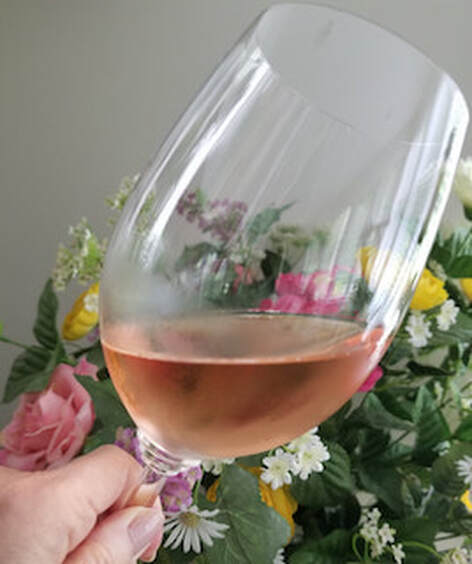
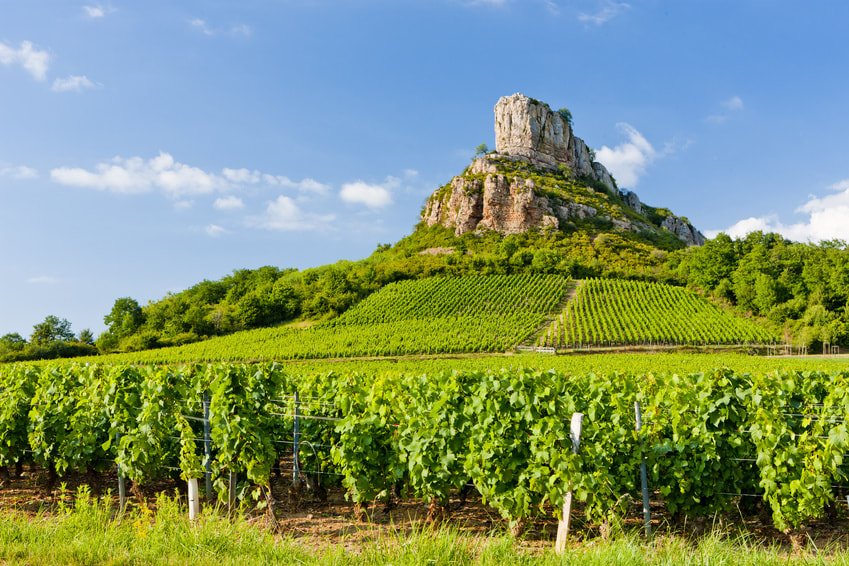
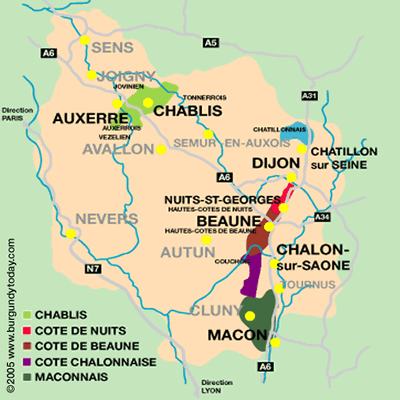

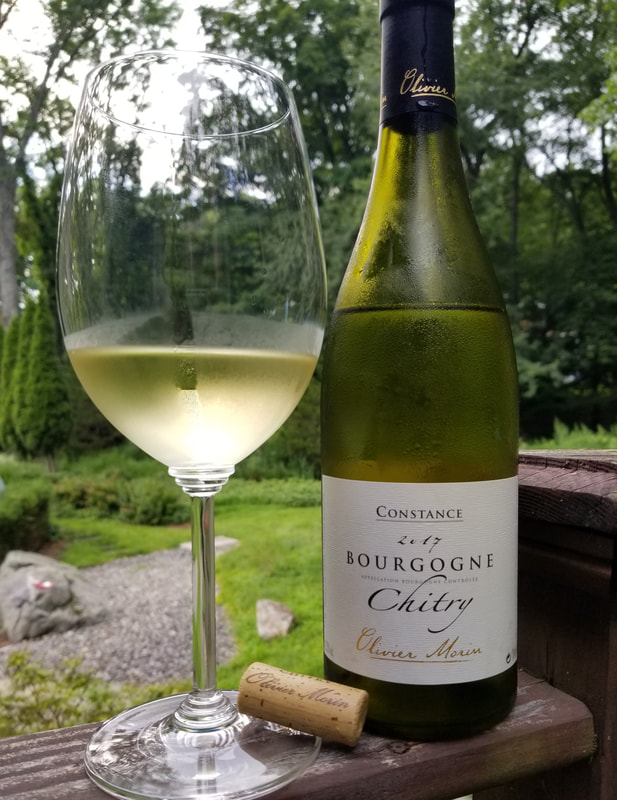
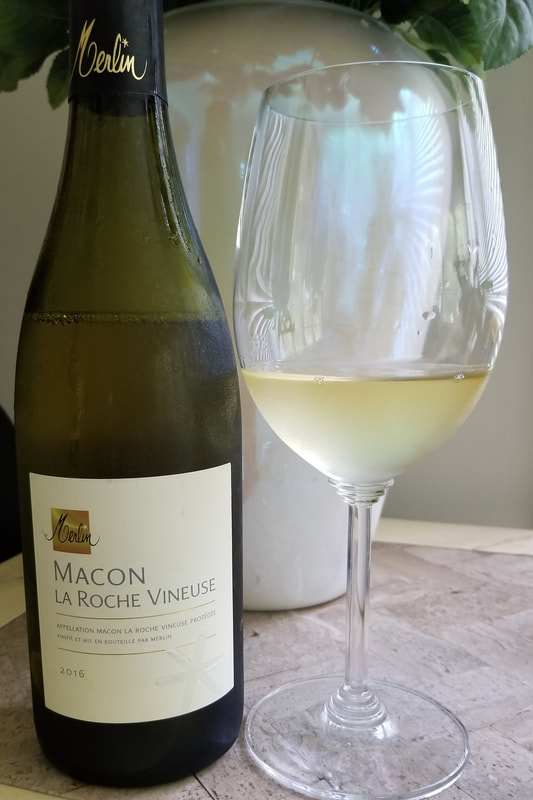
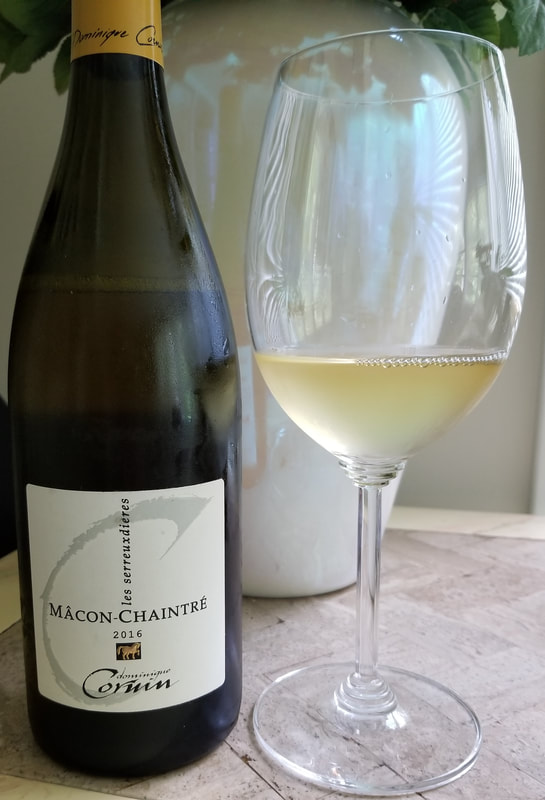
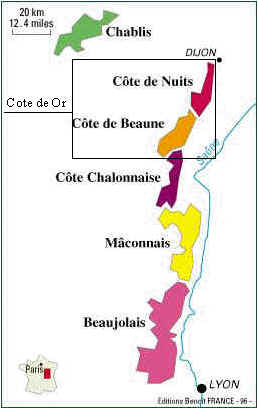
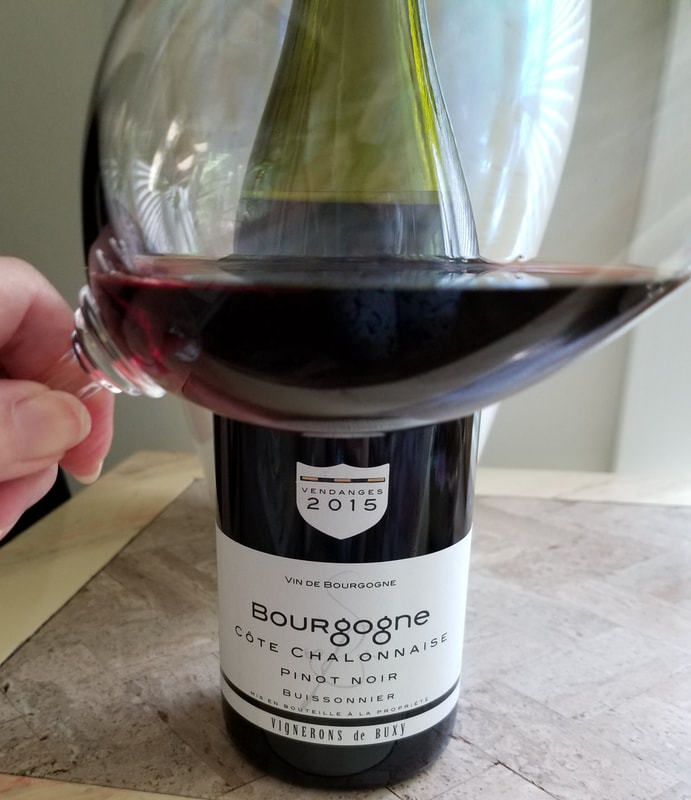
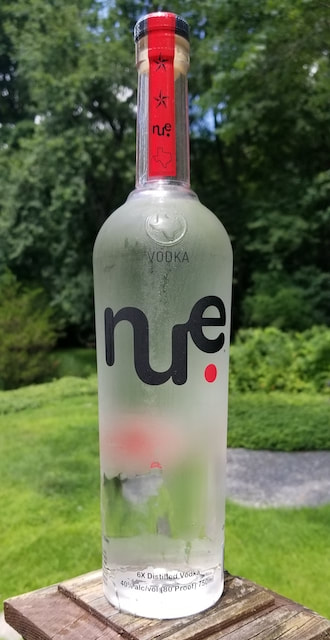
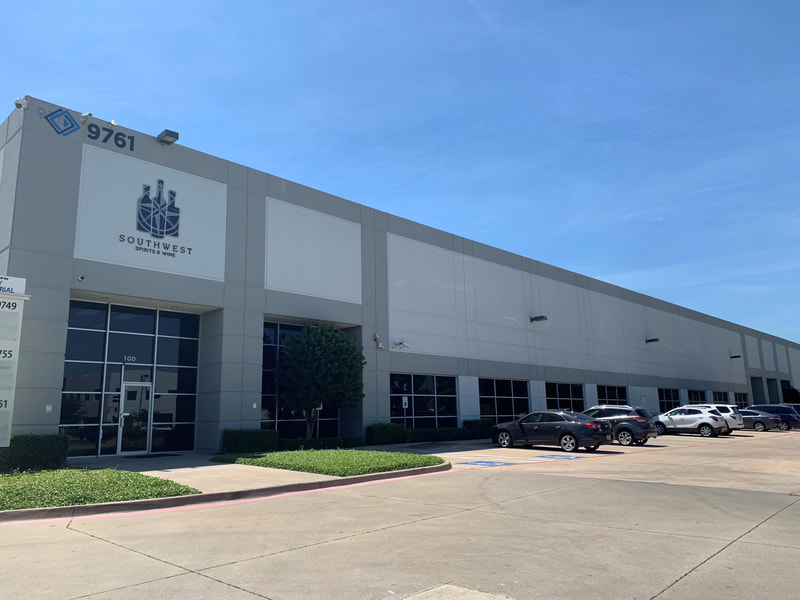
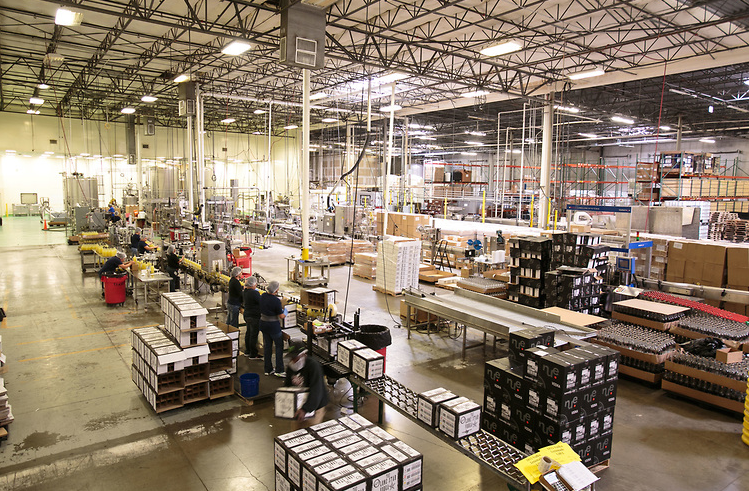

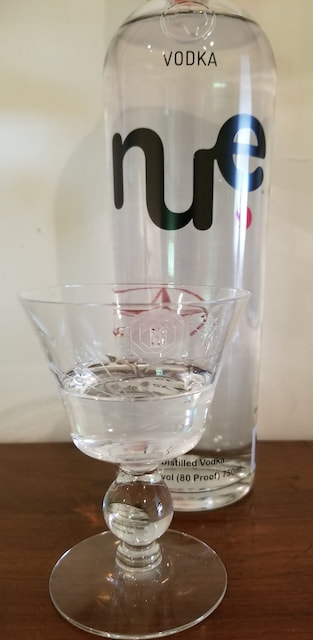

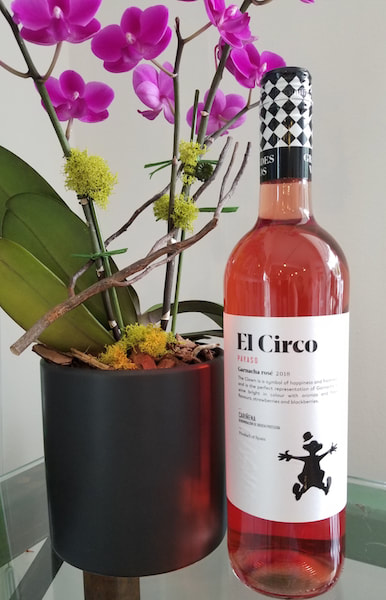
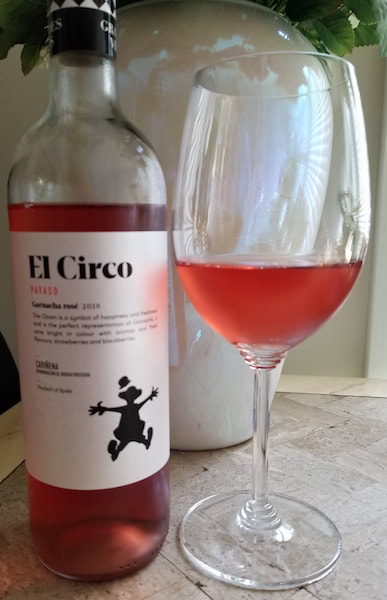

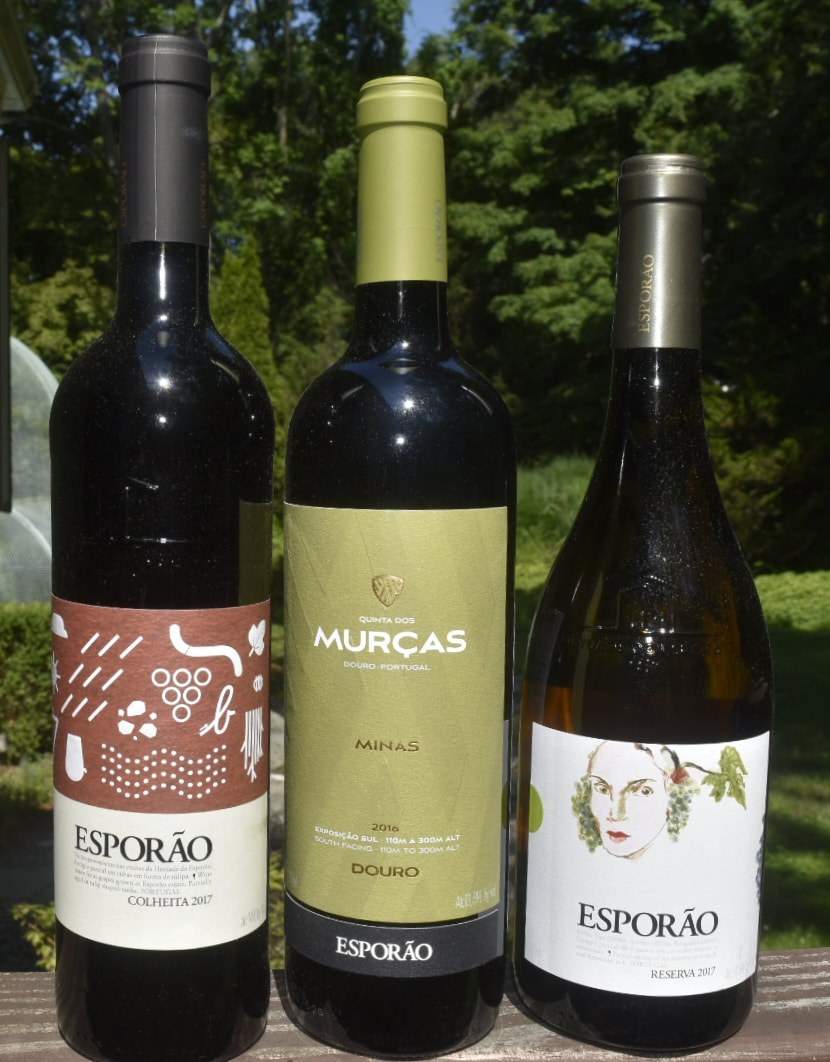
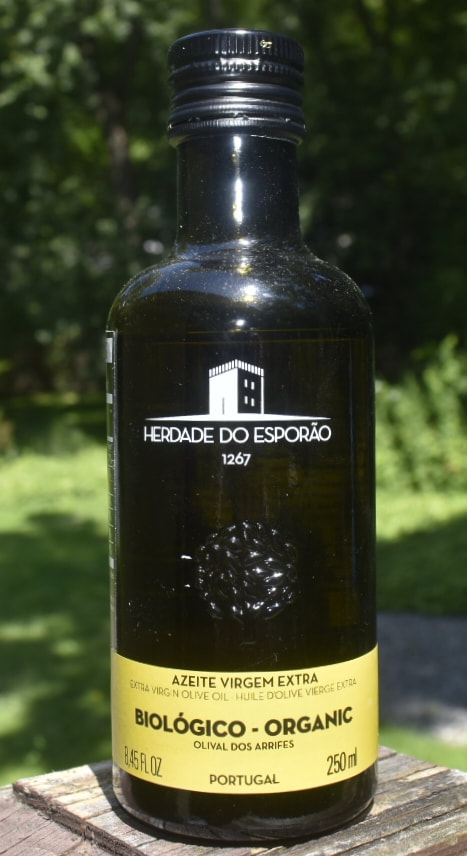
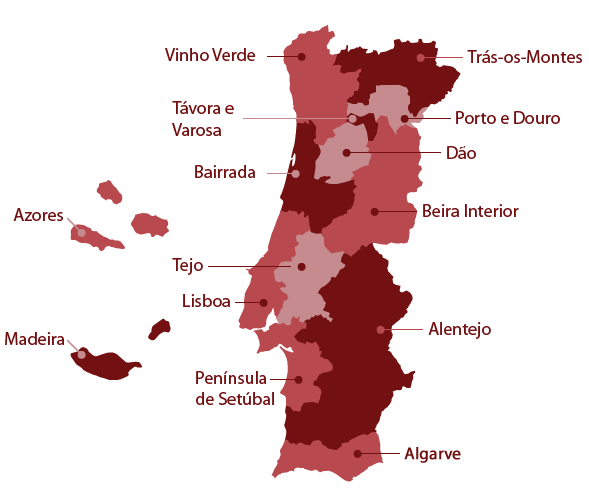
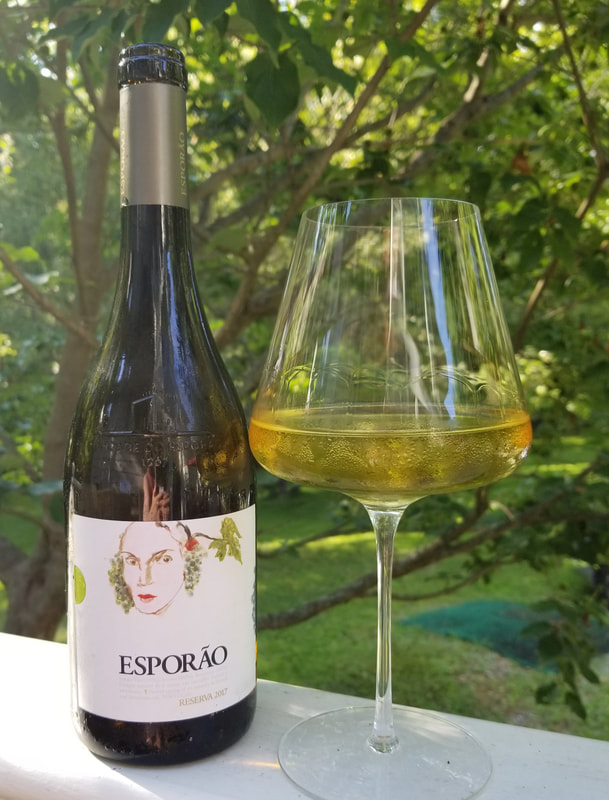
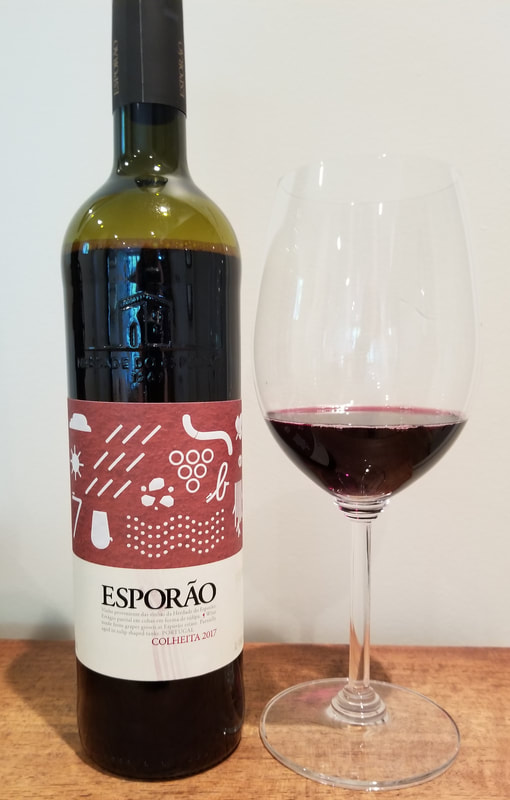
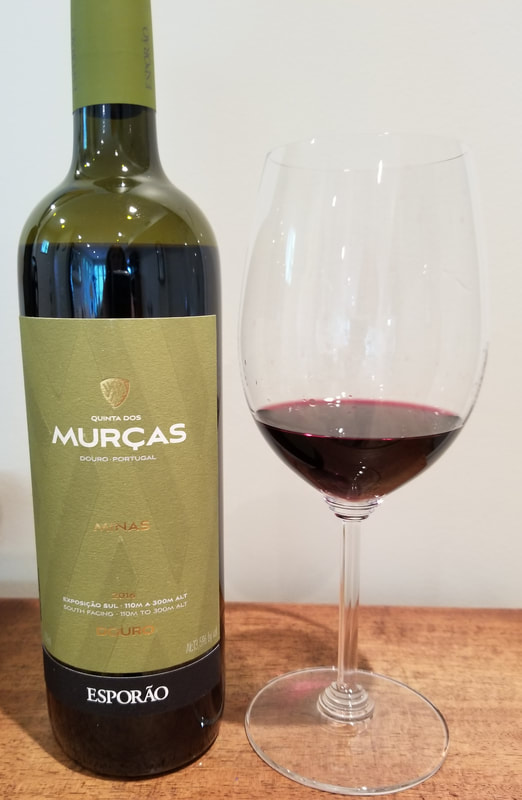
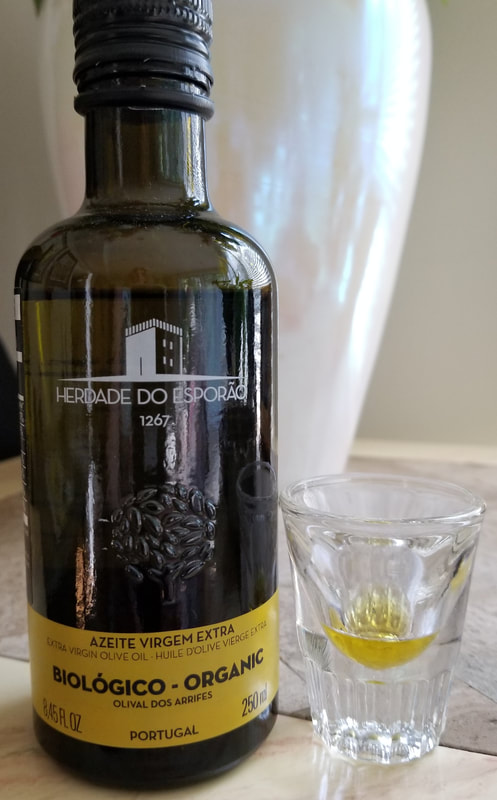
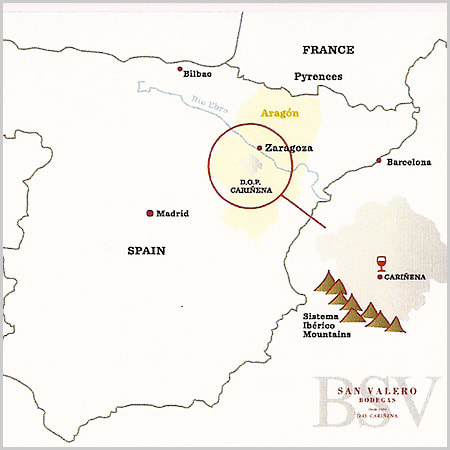


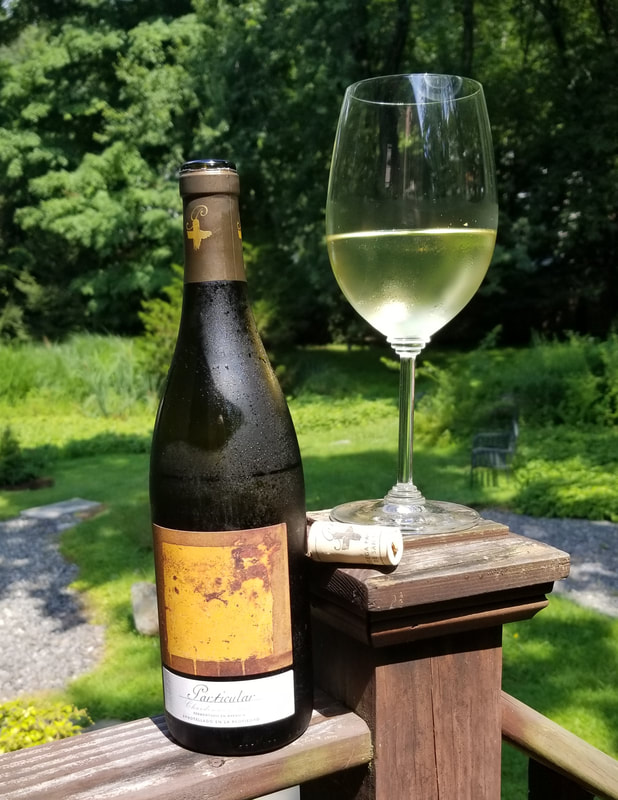
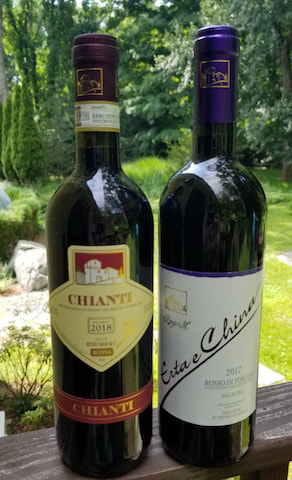
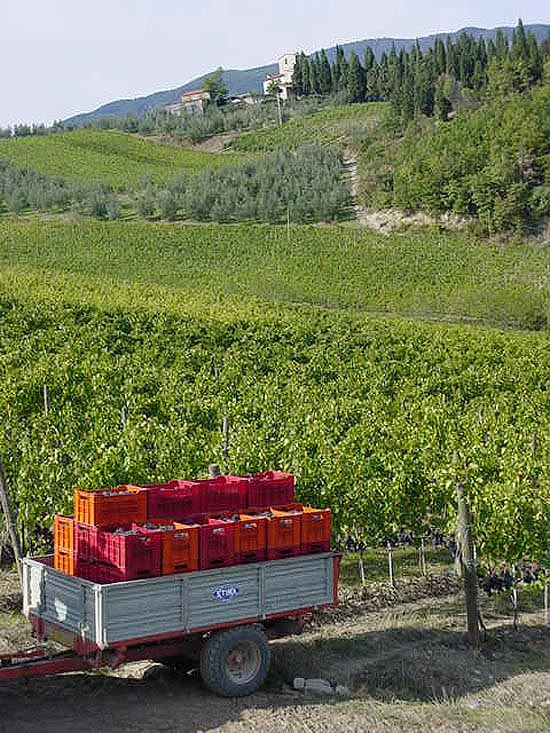
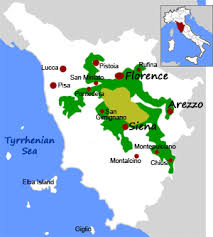
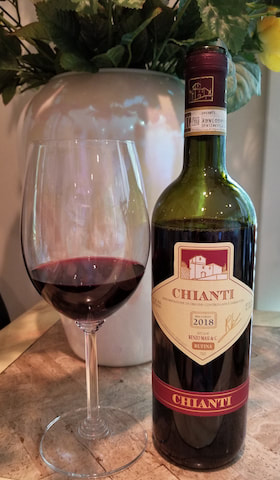
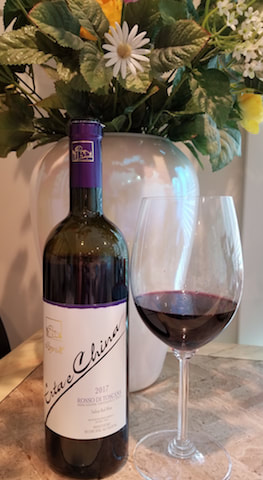

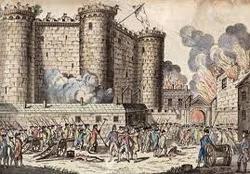
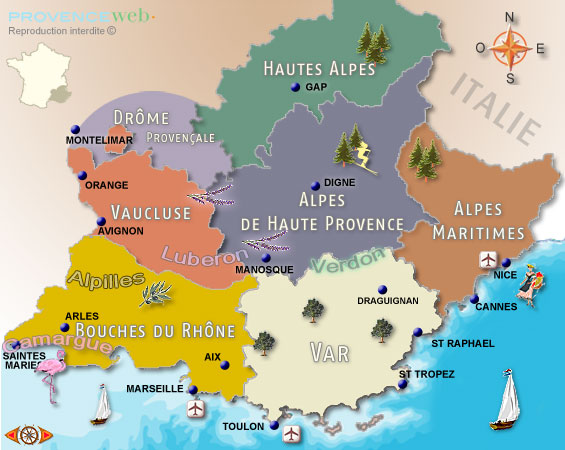

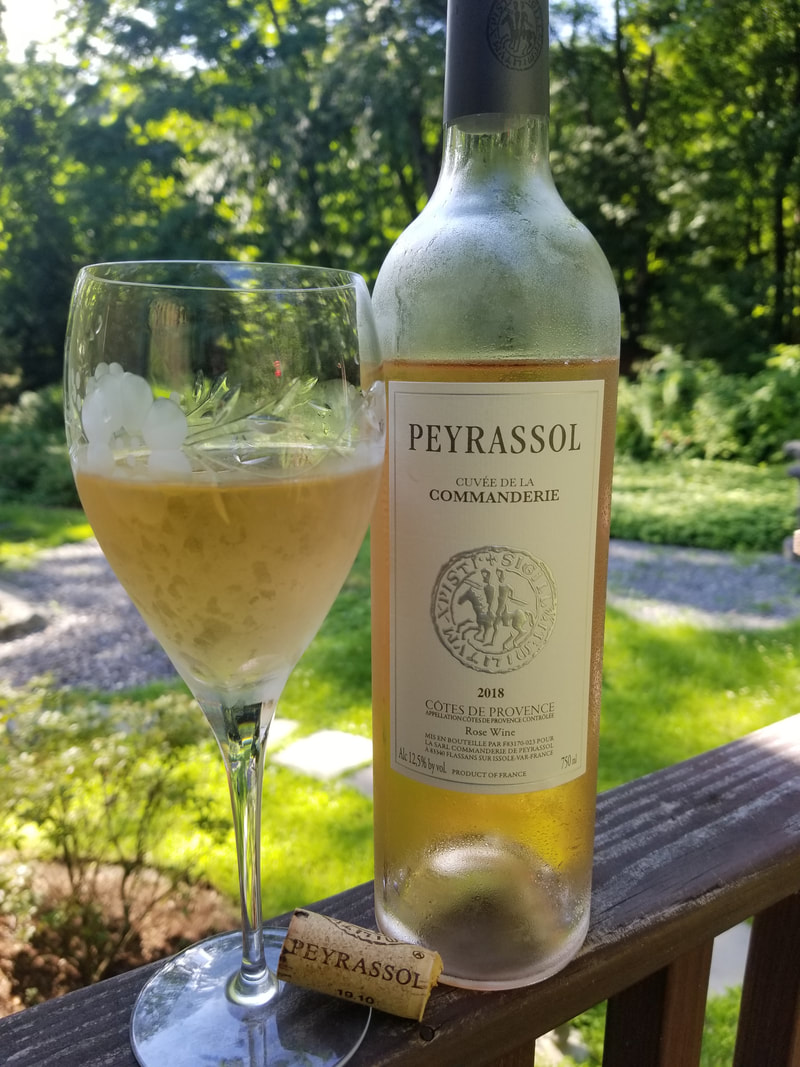

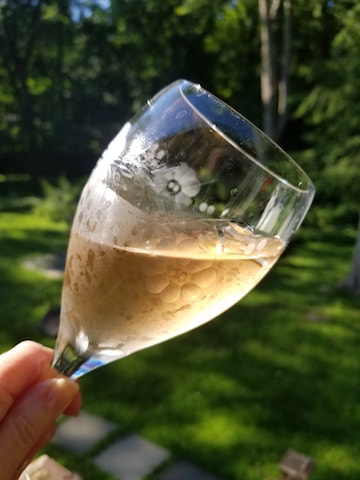

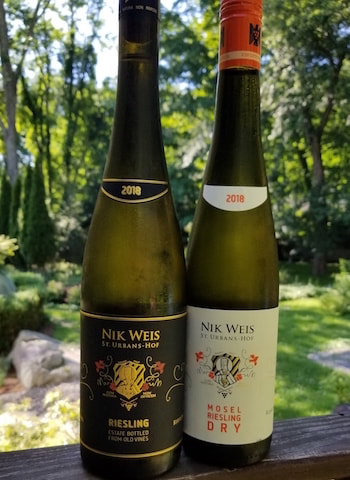
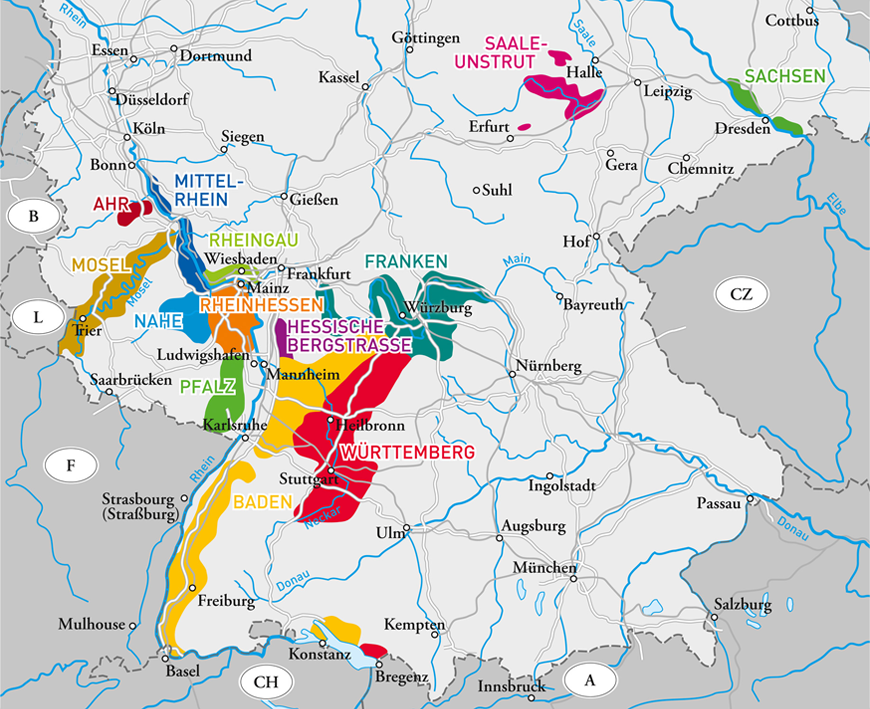
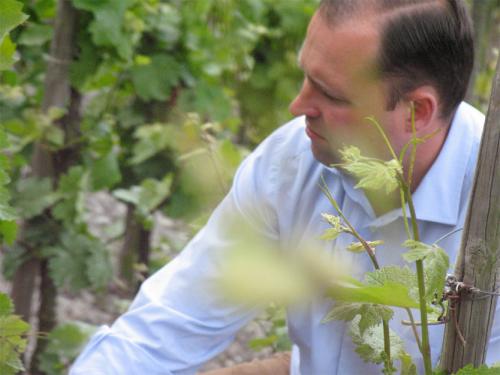
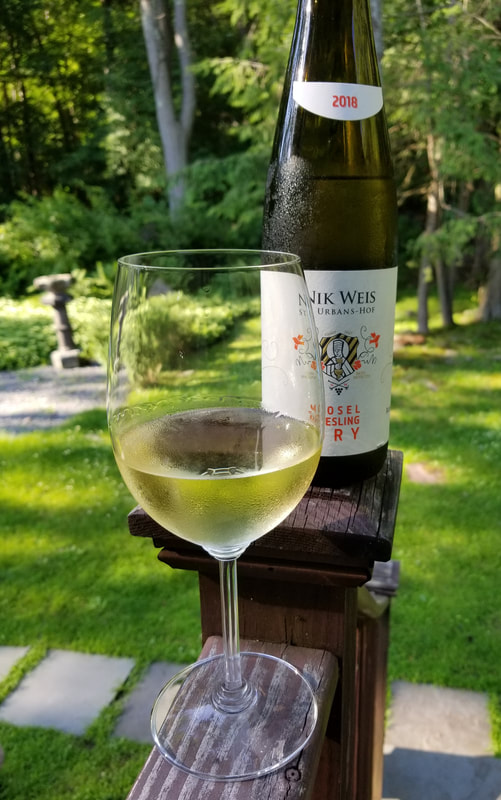
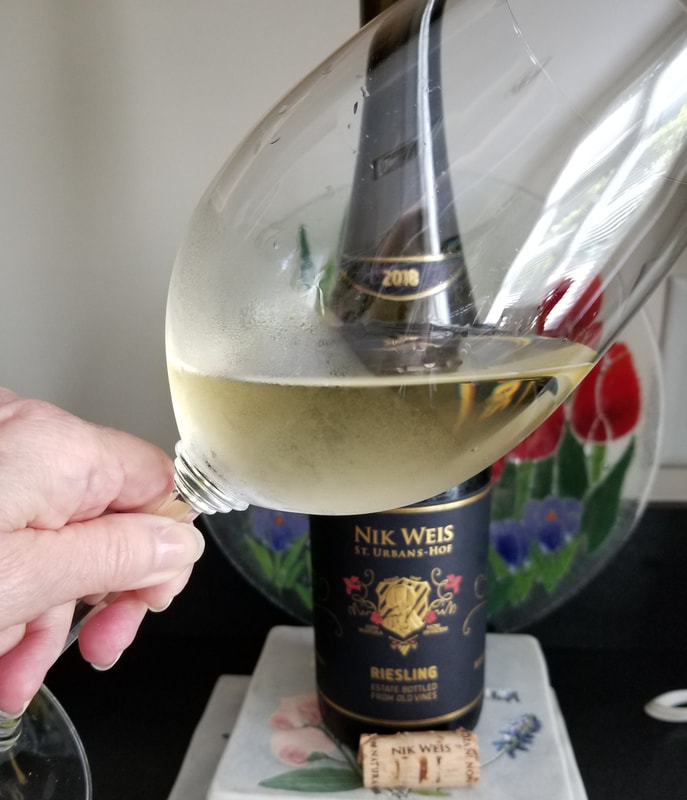
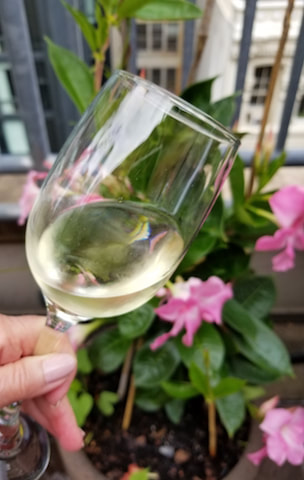
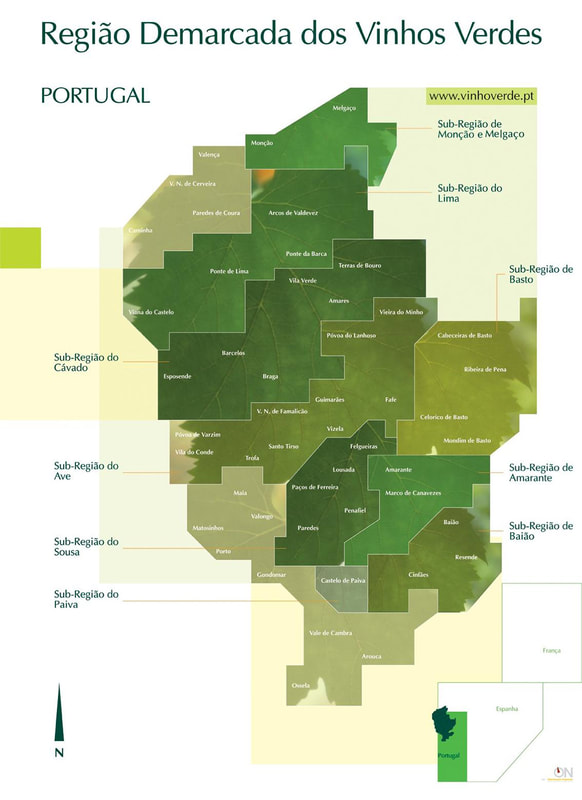

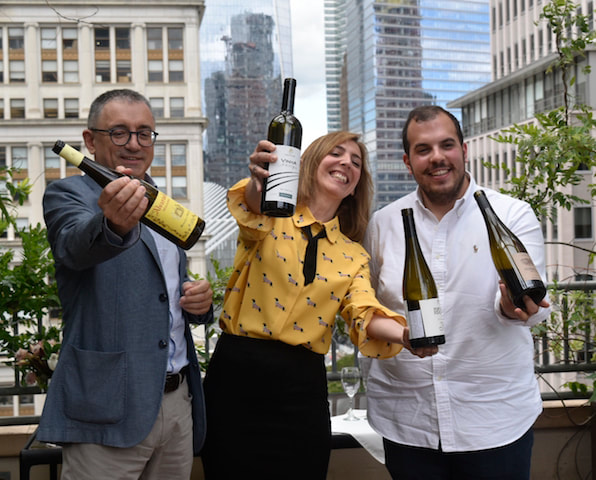
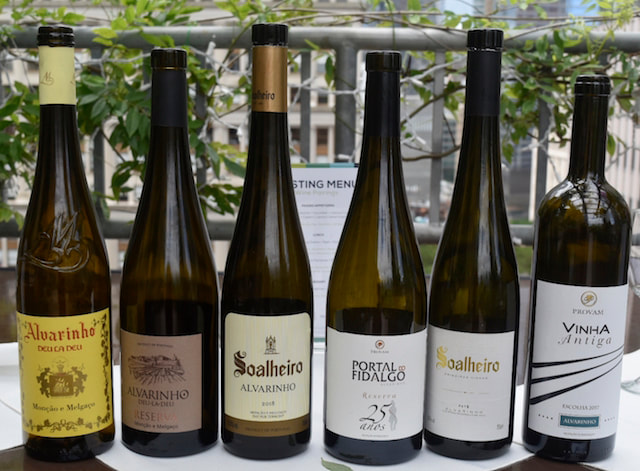
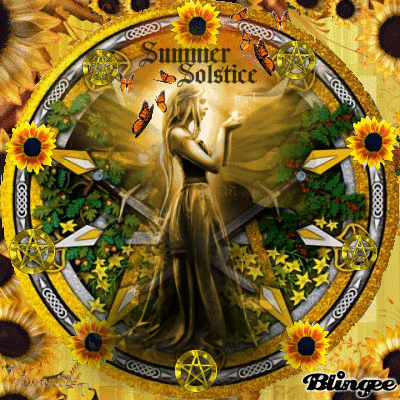
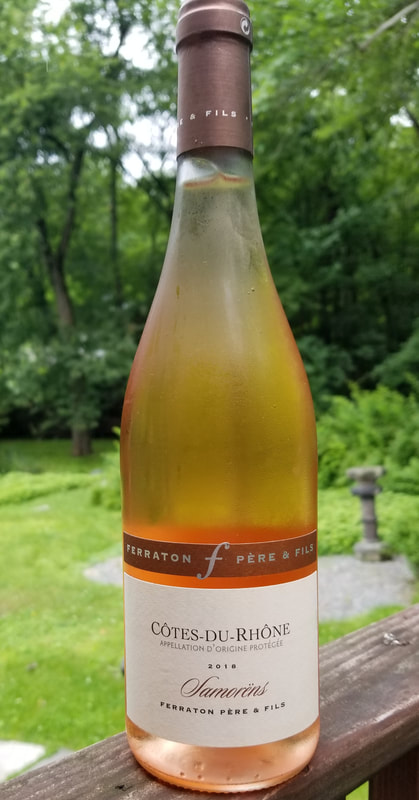

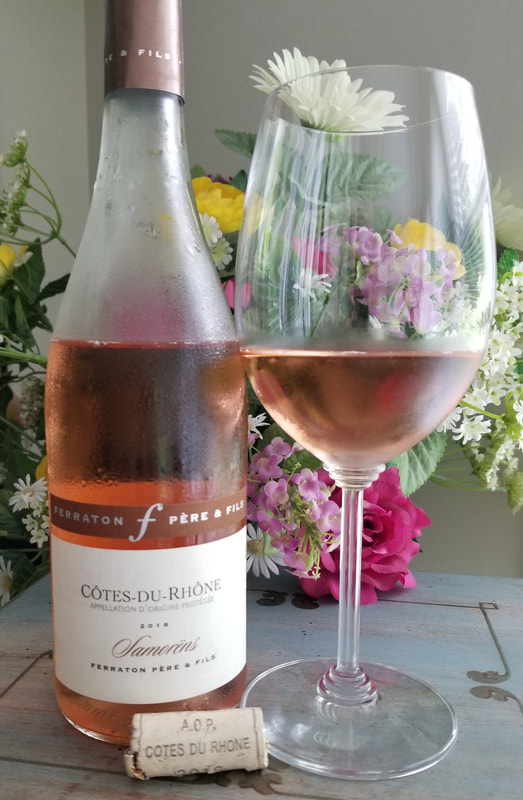
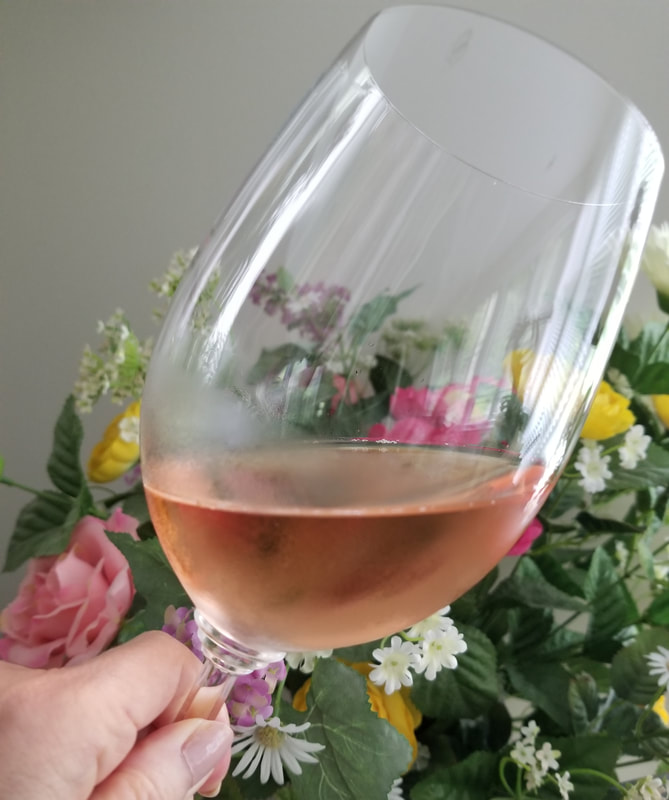
 RSS Feed
RSS Feed